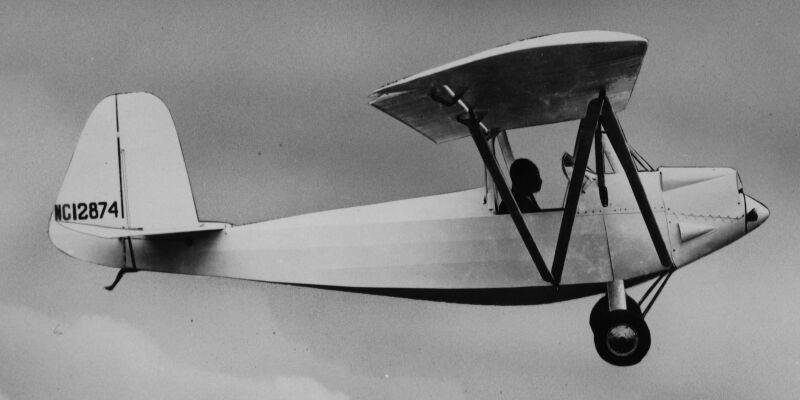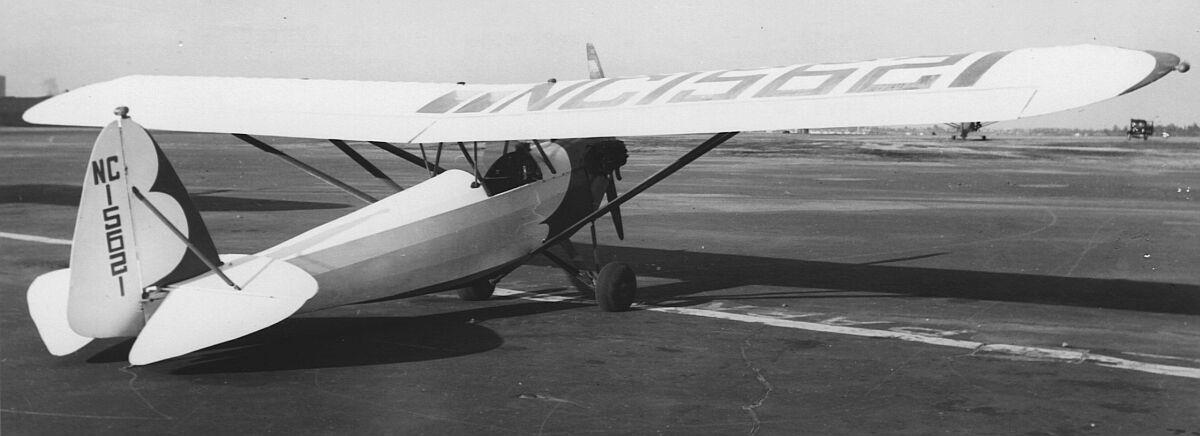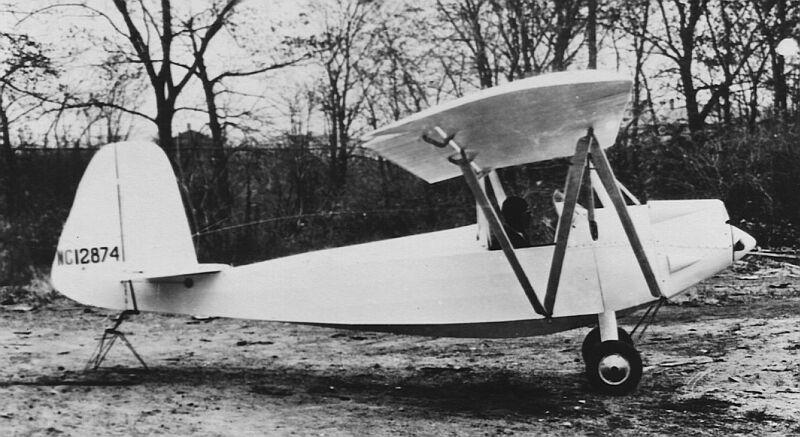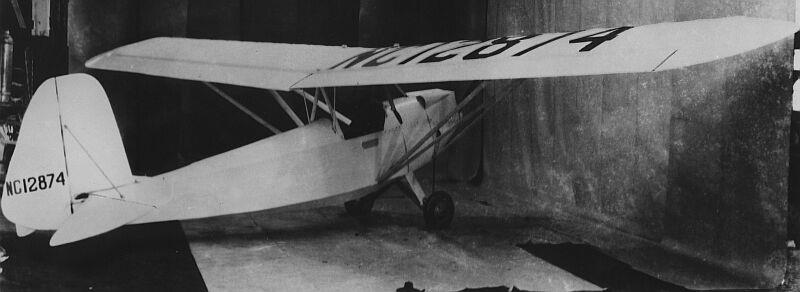| Type |
1 - 2 seat sportplane |
| Engine |
1 Heath B-4 |
| Dimensions |
Length , height , span 9,58 m, wing area , |
| Weights |
Empty , loaded , max. take off weight |
| Performance |
Max.. speed , cruising speed , range , endurance , service ceiling , climb |
| Type |
Werk.Nr |
Registration |
History |
|
|
D-CATV |
Probably homebuilt during the 30ties |
During the late 1920s and early 1930s it was the only airplane that could be constructed at home from a factory-built kit and be licensed by the FAA. The Heath was extremely popular, being economical to build and operate, and easy to fly.
Modern Mechanix magazine published plans and subsequently, Heath sold nearly 1,000 kits on an installment basis. Fewer than 50 were factory built, but several hundred were completed and flown by homebuilders during the depression. Heath is remembered today for having helped pioneer the homebuilt aircraft industry and for having introduced the kit concept of packaging the materials needed to build an aircraft.
The fuselage is built of welded steel tube and is fabric covered. The wings consist of two solid spruce spars, built up wooden ribs, compression struts and internal bracing. The Parasol's empennage is built of wood, the tailplane being externally braced. Two five gallon fuel tanks are installed at the root end of each wing, the fuel being gravity fed. The only tools necessary to assemble one of the Parasol kits were a pair of small pliers, screwdriver, hacksaw (with plenty of blades), hammer, small hand drill, chisel, center punch, file and drill.
A variety of powerplants could be fitted, including the factory-supplied converted Henderson Motorcycle engine (viz. 25 hp (19 kW) Heath-Henderson B-4). Building a Heath Parasol requires basic woodworking skills and tools. Builders also need to fabricate some metal fittings to attach the wooden parts together. Some welding is required. The plans for the Parasol were also originally published in the "Flying and Glider" Manual.




The Heath LNB-4 was one of the last of the famed line of parasols and one of two models that was a type-certificated aircraft and therefore eligible to be licensed in the standard category. The LNB-4 was designed by Ed Heath, who, for his time, was considered by many to be a genius in the design and construction of the light sport plane.
Originally, the LNB-4 was powered by a converted Henderson motorcycle engine. After test flights, the parasol was found to be a bit underpowered by the Henderson engine, though it proved a pleasure to fly when powered with the 40 hp Continental A-40. The plans for the LNB-4 recommended either the Continental A-40 or a Heath B-4 engine.
The fuselage, ailerons, and tail surfaces are of welded steel tubing with fabric covering. The wings are of wood construction and are also fabric covered. The landing gear is of the split-axle type with rubber ring shock absorbers. The wheels originally were Heath 16 by 4 cast especially for the airplane, but various wheels and tires could be adapted easily to fit. The Parasol could also be fitted with floats or skis. The cockpit measured 21 inches wide, with approximately 45 inches between the firewall and the seat back.
The Heath was a stable and responsive airplane, somewhat light and sensitive to the wind. Its large wing area and light wing loading made it a good aircraft for higher elevation fields. The full span ailerons made lateral control obvious and the large rudder and elevators not only provided for easy slow flight, but for well balanced control as well.
Of all the pre-war homebuilts, it is generally agreed that the Heath airplanes were probably the most popular with the homebuilder.



